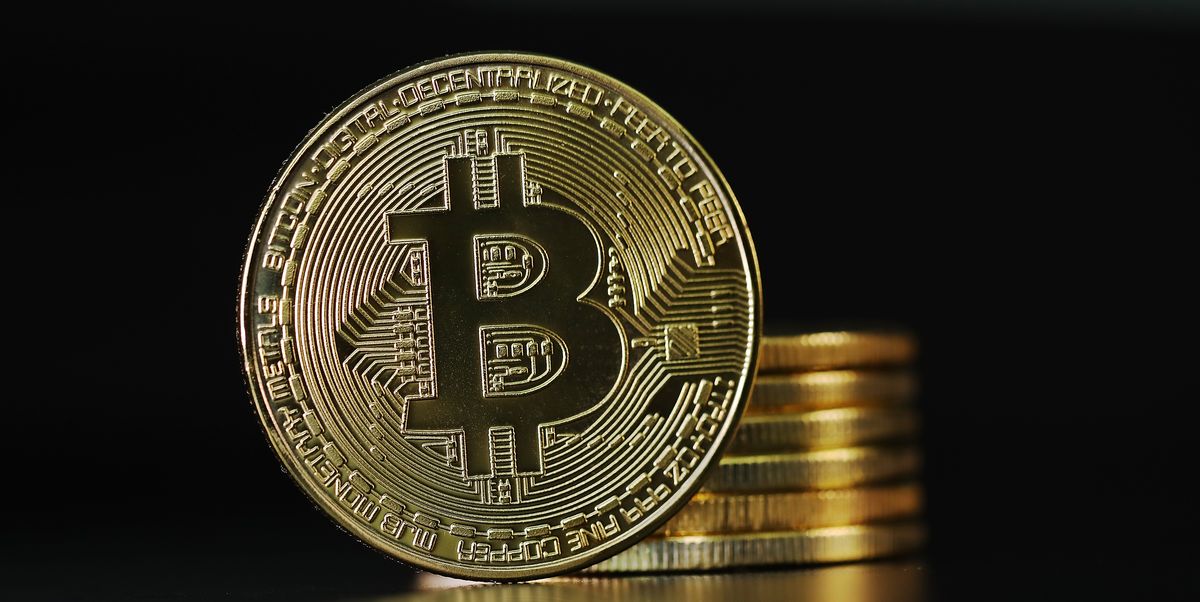|
Getting your Trinity Audio player ready...
|
In a dramatic display of investor sentiment amidst a volatile crypto market, US Bitcoin (BTC) and Ether ETFs experienced a trading frenzy on August 5th. The combined trading volume for these ETFs reached a staggering $5.96 billion, a clear indicator of heightened market anxiety.
According to CoinGlass data, Bitcoin ETFs alone traded a massive $5.24 billion, with BlackRock’s iShares Bitcoin Trust leading the charge. Ether ETFs, primarily Grayscale’s Ethereum Trust and BlackRock’s iShares Ethereum Trust, contributed $715.3 million to the total.
Bloomberg ETF analyst Eric Balchunas linked this unprecedented trading volume to widespread fear, emphasizing that such activity during market downturns is a reliable indicator of investor anxiety. However, he also highlighted the positive aspect of deep liquidity in ETFs, a feature that attracts both traders and institutional investors.
The crypto market’s downward spiral began on August 4th following news of Jump Trading’s substantial Ether transfers to exchanges. The situation worsened on August 5th as the Nikkei plummeted and the Japanese yen carry trade unwound, pushing Bitcoin below the $50,000 mark. While Bitcoin has since recovered somewhat, the market remains highly volatile.
Initial data on ETF inflows and outflows presents a mixed picture. While Grayscale Bitcoin Trust and ARK 21Shares Bitcoin ETF experienced outflows, Bitwise Bitcoin ETF and Grayscale Bitcoin Mini Trust saw inflows. Similarly, Grayscale Ethereum Trust recorded outflows, whereas Bitwise and Franklin Templeton’s ETFs registered inflows.
Also Read: Bitcoin Bloodbath – 12% Crash, $45K Support On The Brink
However, Bloomberg ETF analyst James Seyffart anticipates net inflows for Bitcoin ETFs once all data is compiled.
The extraordinary trading volume in Bitcoin (BTC) and Ether ETFs underscores the growing influence of these financial instruments in the crypto ecosystem. As the market continues to evolve, these ETFs are likely to play an increasingly important role in shaping investor behavior and market trends.
Disclaimer: The information in this article is for general purposes only and does not constitute financial advice. The author’s views are personal and may not reflect the views of Chain Affairs. Before making any investment decisions, you should always conduct your own research. Chain Affairs is not responsible for any financial losses.
Crypto and blockchain enthusiast.




